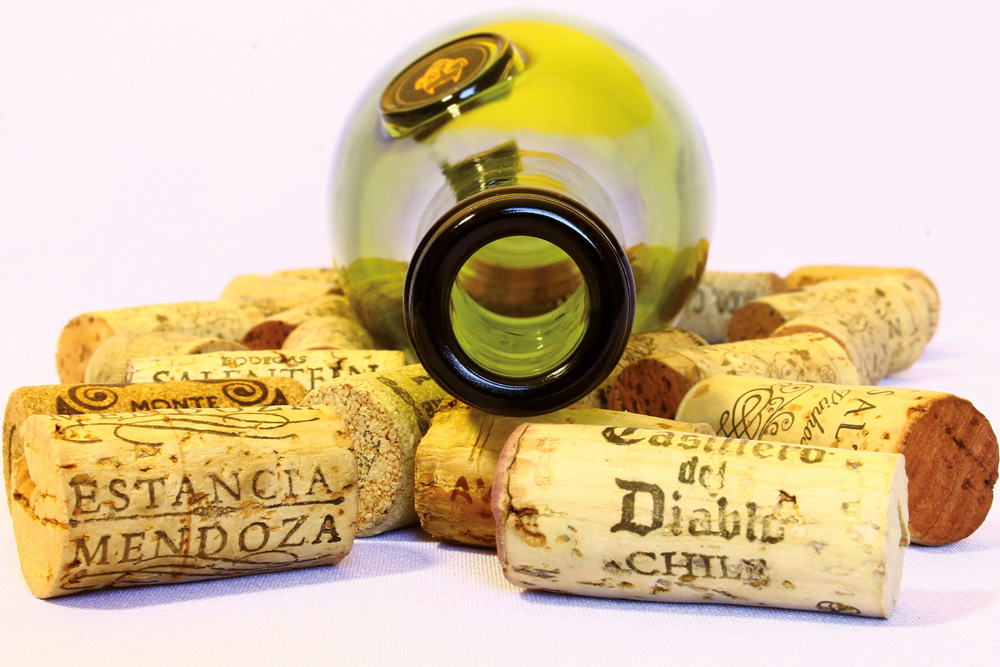
- With all the intention to appreciate it, he opened a bottle of cider, brought the glass to his nose and sucked the odor of the tortilla with the bottle closed, what hell!

The component that adds an unpleasant smell to torture to bring it to demons is called ACT (2,4,6-trichloroanisole), almost always. It is natural and can be found in water, coffee, fruits, vegetables, wood and soil.
.jpg)
largest exporter of cork in the world and also the largest manufacturer of cork: Amorim. The company has patented a tortotxa that will not leave any odor to the beverage, according to the same source. (Ed. SustMeme)
Tortotxa or cork is the skin of the tortotxon or cork (Quercus suber), not in vain the tree is also called cork and cork oak. Portugal is the largest cork exporting country in the world, with a revealing figure: 1.2% of its exports are cork. This implies the conservation of one of the most representative trees of the landscape of their culture. The heart of the cork is located in the village of Santa Maria de Lamas. There is the most known space for the study and research of this skin: Cincork, as well as the world’s largest art company: Amorim. In particular, Amorim has developed and patented the dream of a machine: a cork that will not smell cork to drink. In the yoke of a Cambridge company in the United Kingdom, they have developed an advanced and, above all, rapid high precision chromatography technique: each cork is analysed individually in a few seconds and with the smallest trace of stench on the margin.
This house has set an incredible limit not to recognize the TCA that sucks cork to cider: 0.5 nanograms per litre, that is, one in every trillion, one drop in 800 Olympic pools. In addition to the first, Amorim will again be one of the arms of quality beverage bottlers.
Now that you're reactivating the tendency to create your own cider, the wooden barrels also come back, to see if someone puts these corks in by the smell and taste of cider.